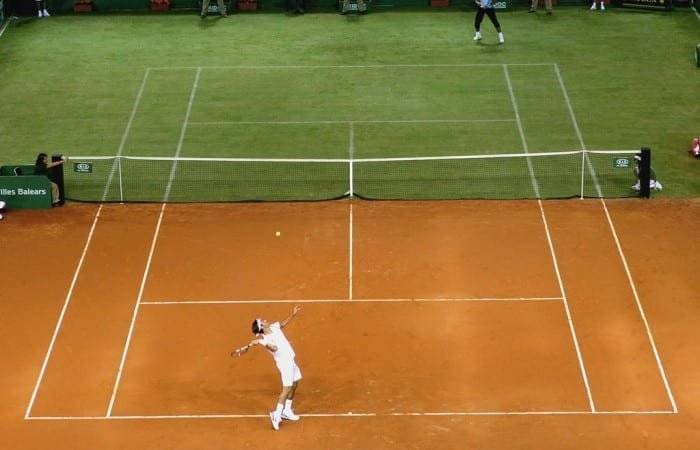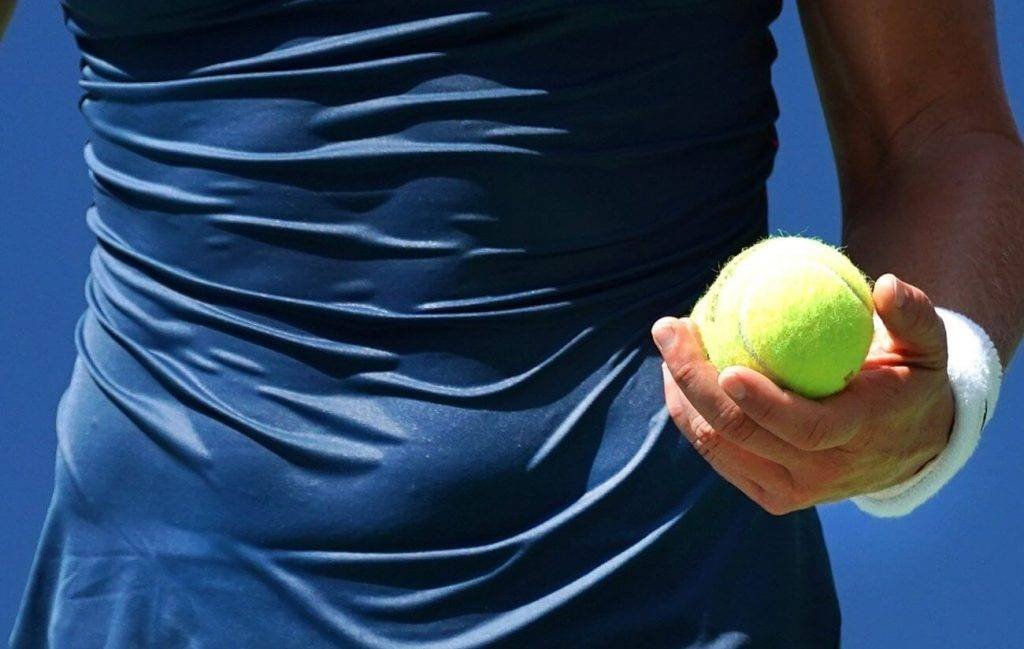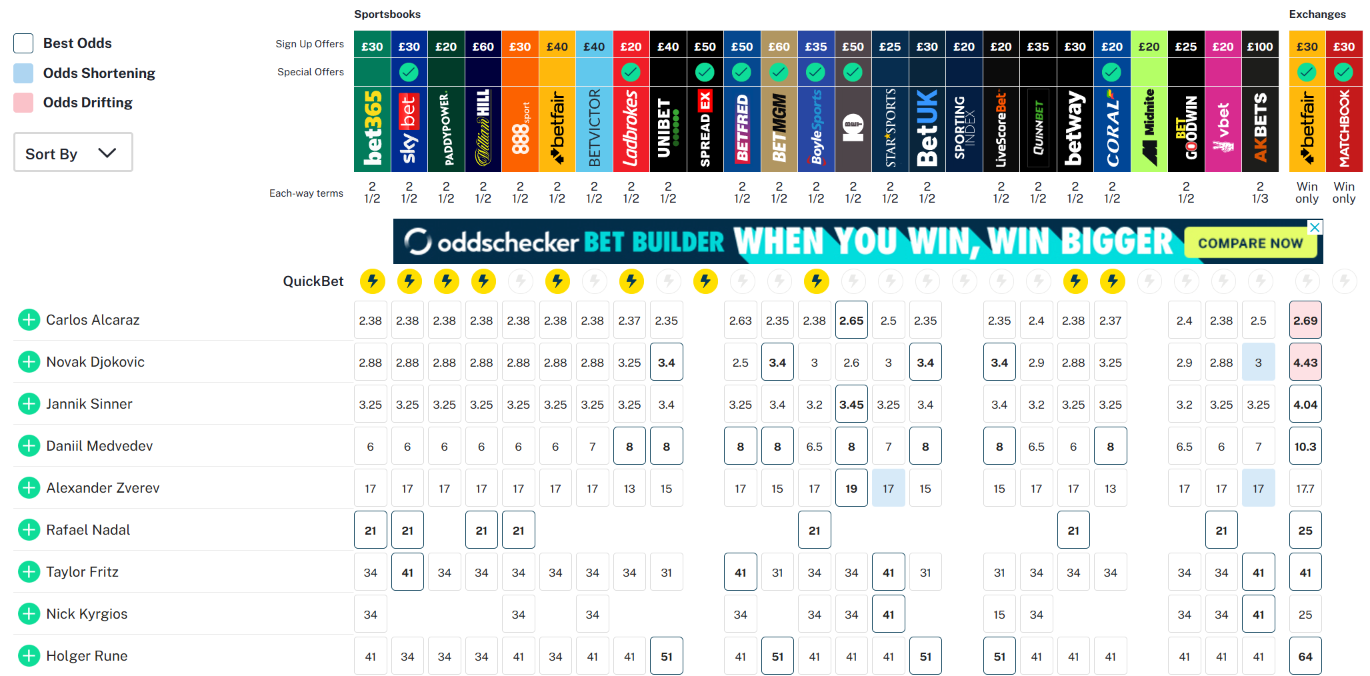Sports betting on tennis is captivating more and more fans. Unlike team sports, a single player can decide everything here. This head-to-head duel—almost intimate—creates a dynamic all its own. Many therefore ask: is it really easier to predict the winner in tennis than in football or basketball?
The answer isn’t so clear-cut. Behind the apparent advantage lies a world of data, statistics, trends, and precise analysis. But if you know a few key rules, you can gain a real edge. In the rest of this article, you’ll learn what experienced bettors have long known—and what many don’t even suspect.
Understanding the most important bet types in tennis
Before placing your first bet, you should know the main options. Each one requires its own strategy.
The “moneyline” bet is the simplest form: you pick the player you believe will win. The margin of victory doesn’t matter. This bet type is good for beginners, but it can be risky when the odds are heavily one-sided.
The “total” bet refers to the total number of games or sets played. For example, you can bet that more than 21.5 games will be played. The winner doesn’t matter—the volume of play does. This option works well when both players are rated as evenly matched.
The “spread” bet is based on the difference between players. You bet that a player will win by a certain margin or lose more narrowly than expected. With the “set spread”, the margin refers to sets won. This strategy is especially useful when an underdog is underestimated.
Live betting is placed during play. It lets you react to match flow—such as injuries, lapses in focus, or unexpected comebacks. This type of bet requires quick decisions and strong match reading.
Analyzing players’ current form before betting

Before placing a bet, you should definitely analyze both players’ current form. It often reveals crucial clues. Look at their recent results: wins, losses, and the level of opposition. Not all matches are equal. A narrow loss to a top-10 player often says more than an easy win over a poorly ranked opponent. Context is critical: surface, weather conditions, fatigue—every detail counts.
For deeper analysis, specialized tools like Tennis Abstract—one of the best sites for tennis statistics—are recommended. Just enter a player’s name to get a wealth of information: surface records, recent performances, physical endurance, or tiebreak effectiveness. These data help sharpen your analysis and bet more precisely in tight matches.
Using statistics to bet smarter
Tennis statistics are essential to improve your betting decisions. The more you analyze, the more targeted your stakes become. Look at first-serve percentages, service games won, and break points saved. Such data help you spot betting opportunities others miss. Platforms like Tennis Abstract offer a wealth of useful numbers regularly used by seasoned bettors. Especially important are the hold percentage and the break percentage.
To go even deeper, follow specialized accounts like Tennis Insights on X. You’ll regularly find reliable stats and infographic content used even by the ATP Tour. Such data are valuable for anticipating turning points in a match. The better you master these tools, the more you’ll recognize hidden patterns. This level of detail is precisely what separates casual bettors from true pros.
Tournament knowledge delivers an edge

Every tennis tournament has its own quirks: format, weather conditions, altitude, surface, and whether it’s played indoors or outdoors. These factors strongly influence results. At high altitude the ball travels faster, giving a clear advantage to players with strong serves and dominant baseline shots.
The surface type—hard, clay, or grass—is also decisive. Each surface favors certain styles. Some players dominate only on one surface. Rafael Nadal, for instance, has won 14 of his Grand Slam titles on the clay of Roland-Garros. Today, Iga Świątek shows similar clay dominance on the WTA tour. Some top-10 players can look like underdogs on unfamiliar surfaces. Ignore this and you risk misjudgments. Thorough knowledge of playing surfaces is therefore a must for successful tennis betting.
Assessing players’ form and mental strength

Tennis demands excellent physical fitness and consistent mental resilience. Before a bet, check whether a player has been injured. Even minor issues can heavily impact performance. A banged-up player can become a liability in later rounds. Social networks—especially X—sometimes offer valuable injury clues, even if there’s plenty of noise.
Mental strength is crucial, especially at key moments. A mentally shaken player is vulnerable. Conversely, confidence and mental control provide a real edge. Some, like Novak Djokovic, dominate not only with their game but also with an iron will. In tight matches this factor can be decisive—often the difference between victory and defeat.
Betting on tennis underdogs: A more profitable strategy?

Even though the best-known players often win tournaments, it isn’t always wise to back them blindly. Upsets are no rarity, especially in the early rounds. It’s worth watching for underdogs with genuine potential—especially in handicap bets. Some lesser-known players offer real betting value, particularly on their preferred surface.
A good example is Daniil Medvedev, one of the best players on tour. Yet he struggles on clay. If you know details like this, you can better spot possible performance dips. Conversely, players outside the top 100 can play at almost top-tier level on certain surfaces.
Ultimately, sports betting is based on logic—not emotion. Don’t be swayed by your favorite player or a gut feeling. Your best decisions come from solid analysis and reliable data, not personal preferences.
Understanding odds and how the betting public moves the market

Betting odds reflect how the market rates a match. They change based on available information, money staked, and bettor expectations. When odds suddenly move without an obvious reason, it can indicate inside information or targeted betting. Those who analyze these moves correctly can gain a strategic edge.
Platforms like DraftKings Sportsbook show in real time how the betting public is distributing its stakes. This helps you spot trends and hidden opportunities. Watching odds movements is crucial to improving your tennis betting strategy and recognizing market shifts early.
Manage your bankroll effectively
Bankroll management is essential if you want long-term success. I often adjust the size of my stakes based on confidence, sometimes staking up to 2 units on a match when I’m sure. For beginners, however, a flat-stake strategy is recommended. It helps avoid big losses and keeps you from chasing deficits.
The most important thing is to keep the fun and never stake more than you can afford to lose. There are strategies to achieve long-term profits, but make sure you’re not risking major mistakes. If you need help, there are plenty of resources available.

Betting on tennis is indeed easier than you might think—provided you take a strategic, well-informed approach. If you familiarize yourself with the players, the odds, the match conditions, and the movements in the betting market, you can base your decisions on solid foundations. Success in tennis betting relies less on luck than on sound analysis and smart bankroll management.
If you’re a general sports fan and want to improve your betting skills beyond tennis, we recommend our comprehensive article on the best methods to succeed with sports betting. There you’ll learn how to get more out of your picks in other disciplines using proven strategies and techniques. Click here to read the full article and take your betting skills to the next level.



